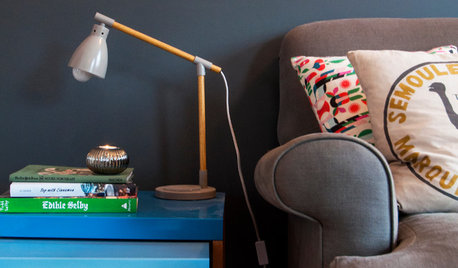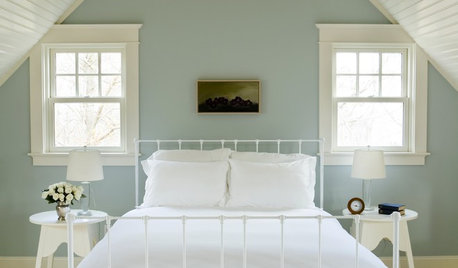Is this true?
leezen4u
12 years ago
Related Stories

MOVING9 Things New Homeowners Know to Be True
Just moved into a new home? Congratulations! The fun is about to begin
Full Story
True Grit: Classic, Old-West Style Design
Design Eye on the Oscars: How to Bring a Little True Grit Home
Full Story
LIFE10 Things Night Owls Know to Be True
Love being up while the world slumbers? Prefer a really late bedtime to an early night? These observations on night owl life may ring true
Full Story
COLOR12 Tried-and-True Paint Colors for Your Walls
Discover one pro designer's time-tested favorite paint colors for kitchens, baths, bedrooms and more
Full Story
DECORATING GUIDESMy Houzz: Family Home Stays True to Style
A new mother creates a home that’s warm and welcoming for her daughter and yet still reflects her own taste
Full Story
MORE ROOMSTrue Blood: What If Sookie Stackhouse Just Moved Away?
More Security, Familiar Elements and Updated Decor for Sookie's New Home
Full Story
FUN HOUZZ31 True Tales of Remodeling Gone Wild
Drugs, sex, excess — the home design industry is rife with stories that will blow your mind, or at least leave you scratching your head
Full Story
SHOP HOUZZShop Houzz: True Blue Sofas
Turn a blue sofa into a design chameleon that goes with everything in your living space
Full Story0

HOUSEKEEPING10 Things Neat Freaks Know to Be True
Do you err on the incredibly tidy side? Then you probably already live by these nuggets of neat wisdom
Full Story
DECORATING GUIDESLearn When to Splurge for True Design Happiness
Sometimes treating yourself is exactly right — despite that whole impracticality thing
Full StorySponsored
Columbus Design-Build, Kitchen & Bath Remodeling, Historic Renovations





jerome
jerijen
Related Discussions
Salvia cultivars that come true/nearly true from seed?
Q
BM Color Viewer, do you see true or close to true colors?
Q
Provenzza - True North - Vinyl
Q
Quartz "soapstone" that's a true charcoal?
Q
odinthor
jacqueline9CA
dublinbay z6 (KS)
roseseek
malcolm_manners
User
lavender_lass
seil zone 6b MI